The classy smile of an American Crocodile. Photo © 2025, Steven Sande
Man, we are soooo off of our schedule…
We’ve been on our latest trip, the highlight of which will be a Miami to Los Angeles Panama Canal cruise on Oceania Vista, since Friday. Today (Monday night) is the first time I’ve had both a relatively decent internet connection and the time to sit down and write a post, and I know I won’t post this (along with all the photos and video) until Tuesday afternoon.
The trip started way too early on Friday morning (January 3), when we woke up at the uncivilized hour (for us) of 5 AM before racing out to the airport. The skies were clear when we left home, but when we got near Denver International Airport, the temperature had dropped about 20°F and there was thick fog. Our flight was delayed about four hours, but we finally got to Miami, picked up our rental car, and drove to a hotel closer to Everglades National Park.
Interesting fact about this national park — it is a “World Heritage Site, International Biosphere Reserve, a Wetland of International Importance, and a specially protected area under the Cartagena Treaty”. It’s also the 10th largest national park in the USA, covering over 1.5 million acres, and one of several Florida National and State Parks where you’ll find American Crocodiles!
Saturday morning, we drove into the park to begin an in-depth look at this unique place. We were here two years ago, and at the time there was construction going on at Flamingo (at the southern end of the park) for a lodge and restaurant. We thought it would be fun to stay at the Flamingo Lodge two nights and then spend most of the day on Sunday on boat tours of the swampy inland areas as well as the small keys offshore in Florida Bay.
On the drive into the park, we stopped at most of the trails and boardwalks to check out the varied vegetation. This park is surprisingly flat — there’s maybe a total of about a four-foot elevation change between the entrance and the Florida Bay — yet a one-foot change causes a complete change in what grows.
Being rocket nerds, we also had to check out the HM69 Nike Missile Base that was located in the middle of the park between 1965 and 1979. These missiles were used for antiaircraft purposes, with a mission of shooting down Soviet bombers that might be attacking the US. A group of volunteers offers information about the missiles and their mission, and it’s quite fascinating. For example, these missiles had nuclear warheads (2 to 30 kilotons of yield)! They apparently didn’t need to be very accurate; you’d just get the missile in the vicinity of a bomber and the warhead would do the rest of the job…
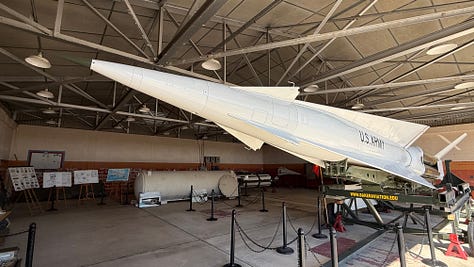

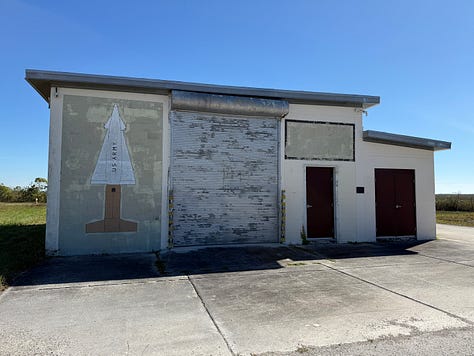
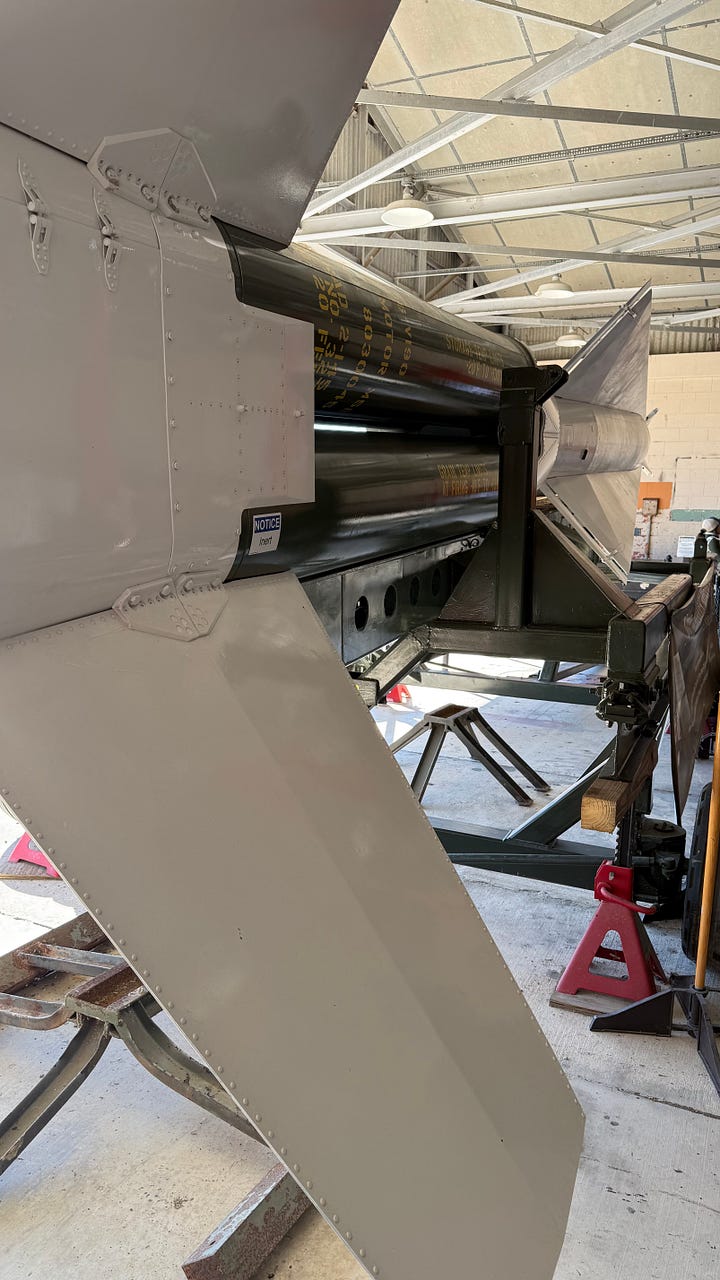
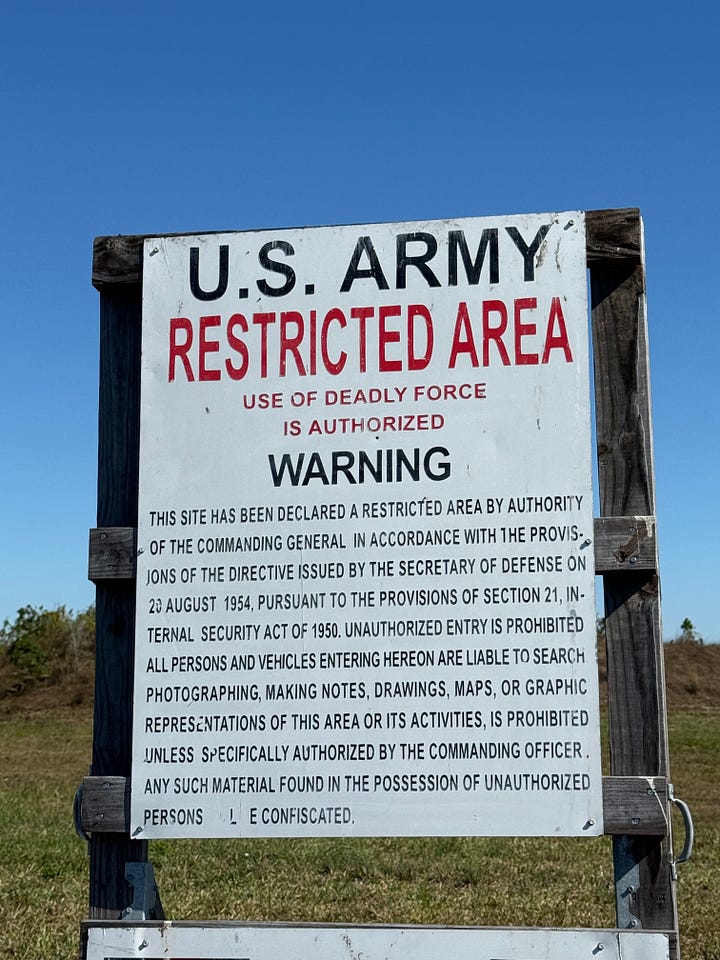
The Lodge, located at Flamingo at the end of the road, is a 24-room “eco-tourism” hotel built from repurposed shipping containers. All the rooms are about 12 feet up from ground level, which should help it survive even the worst storm surge from a hurricane. Buildings made from steel shipping containers can be a bit noisy, which explains why there was a white noise machine near the bed and boxes of earplugs in the bathroom. Fortunately, the only noise we really heard was from children running around the structure just before we woke up…
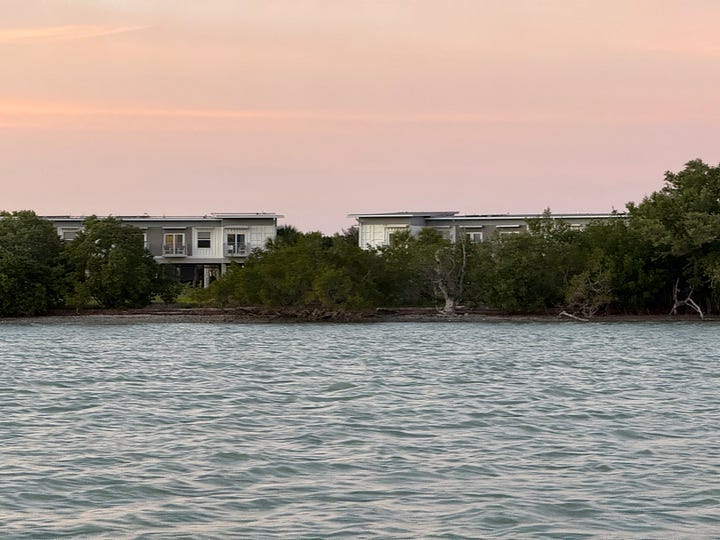
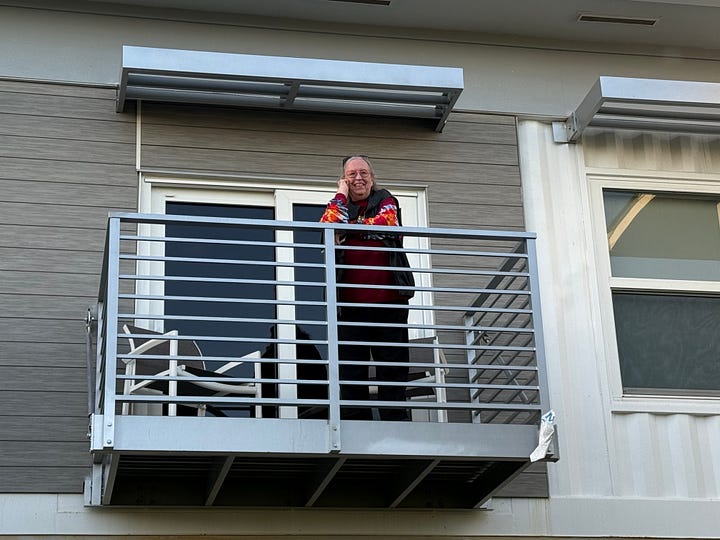
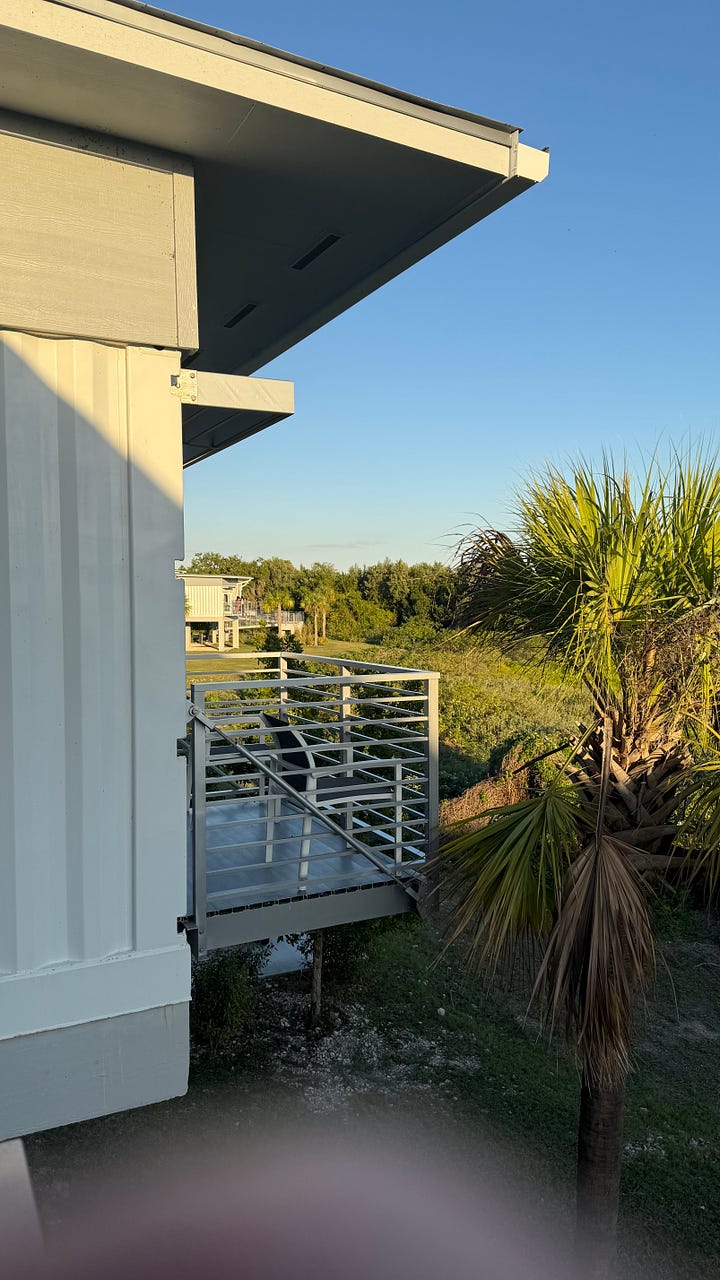
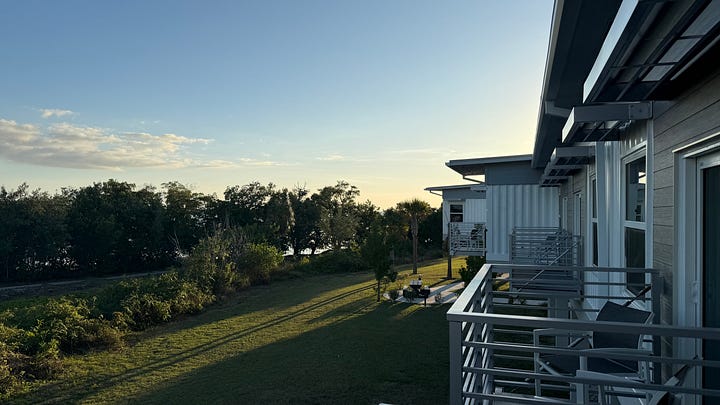
From top left clockwise - the “shipping container chic” architecture of the new Flamingo Lodge as seen from Florida Bay; Barb on our balcony; photos showing the raised construction of the lodge.
We were also able to do a little “birding” from our balcony:
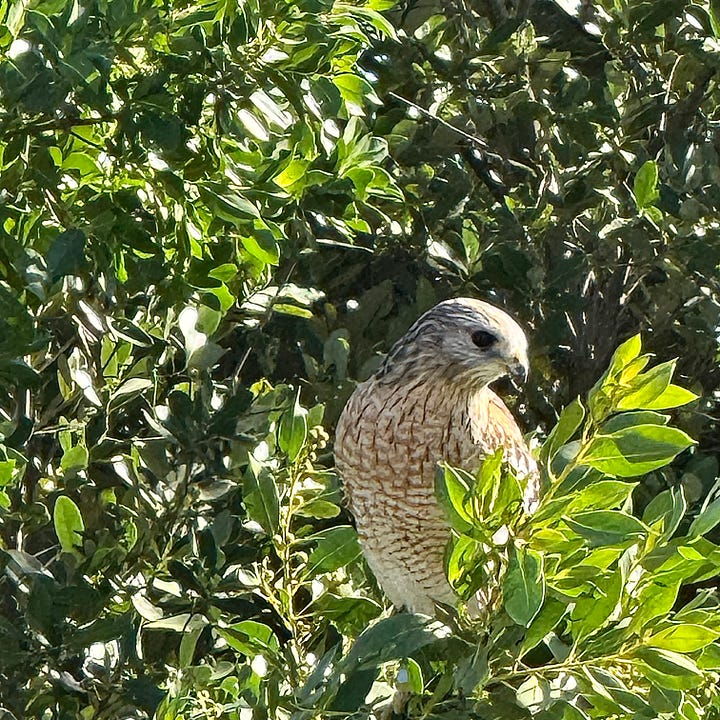
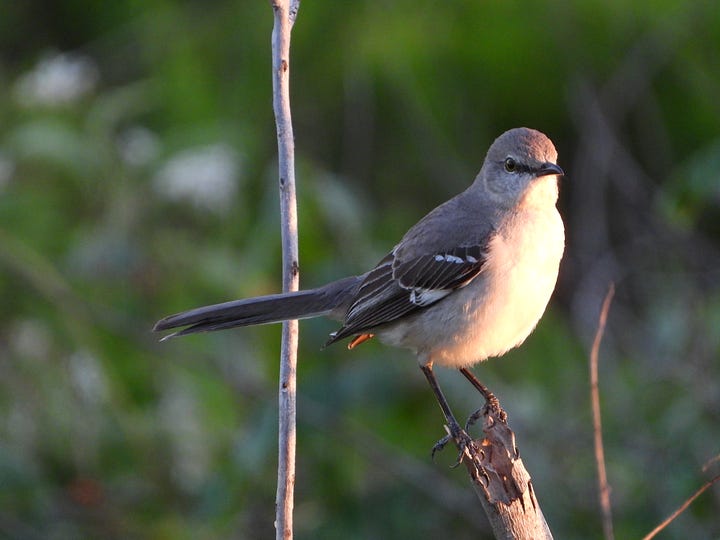
On Sunday, we took a pair of boat tours run by a concessionaire for the National Park Service. The morning tour was the Backcountry Boat Tour, a 90-minute trip that took us from the Flamingo Marina up the Buttonwood Canal to Coot Bay Lake, then through the winding Tarpon Creek to Whitewater Bay. I won’t belabor the details, other than to say that this tour takes you through a mangrove forest (with many other types of trees and plants) inhabited by many American Crocodiles (they like brackish water), manatees, and a variety of birds. There’s a guide on the boat who is knowledgeable about the flora and fauna, and excellent at pointing out birds or plants that would otherwise be missed.
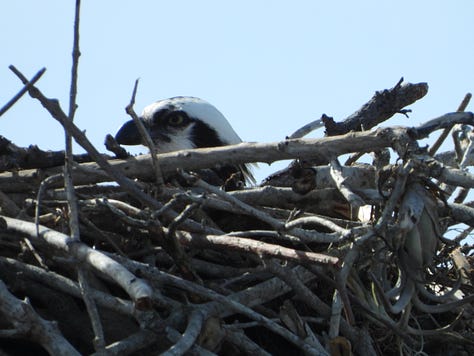
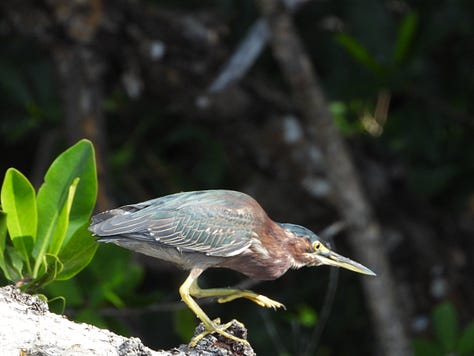
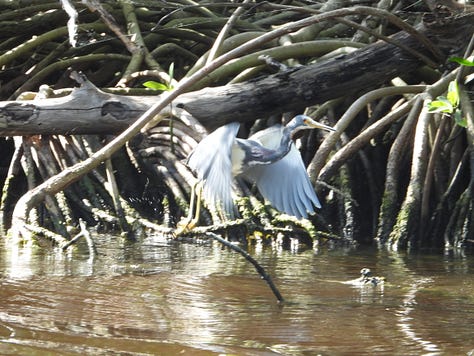
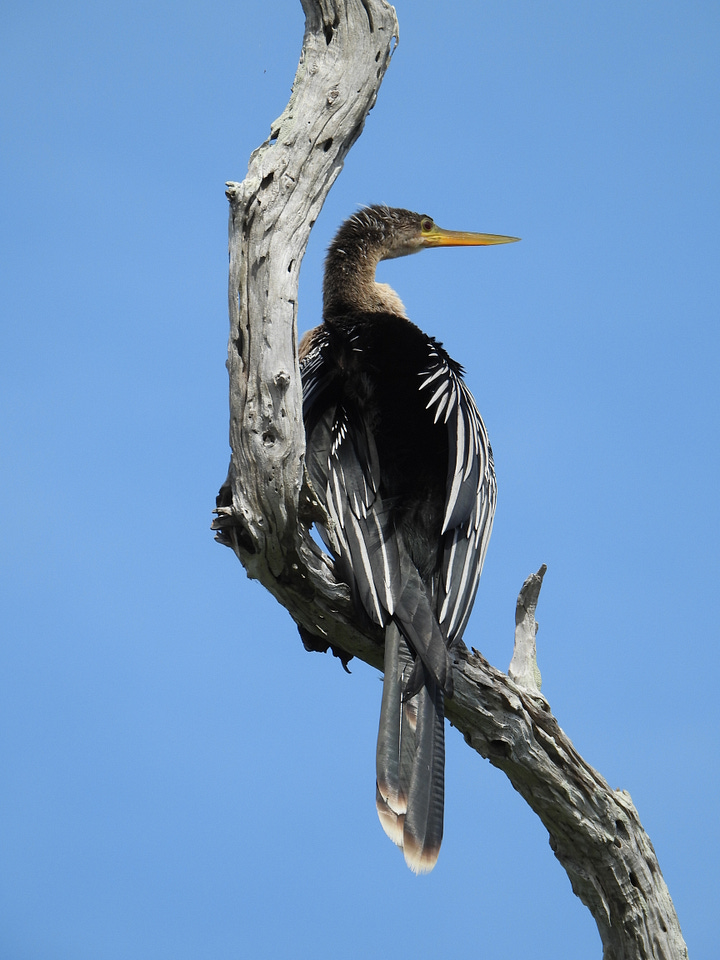
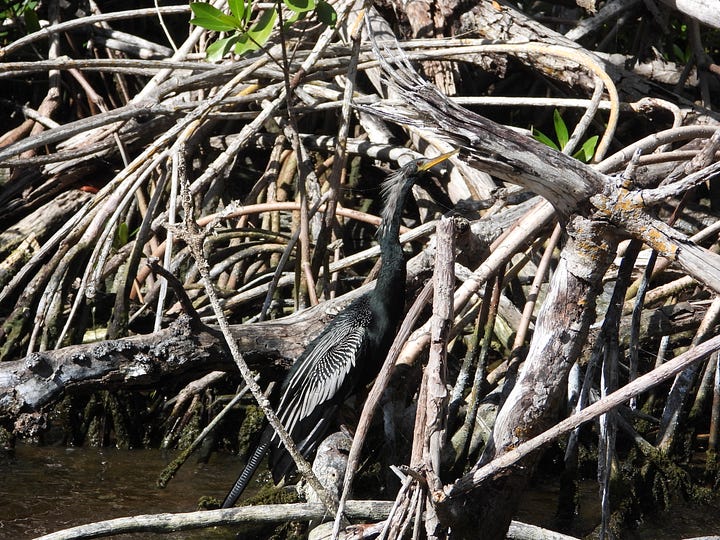
Most of the backcountry boat tour was taken at a very leisurely pace in order to keep an eye out for wildlife, but there were a few sections of the Buttonwood Canal where they could really open up the outboards on the boat:
The second tour was a sunset Florida Bay Boat Tour (same link as above). Florida Bay is an extremely shallow and protected bay located between the Florida Keys and the Everglades. There are a number of banks (shallow areas in the bay that are often exposed at low tide) and keys, small islands covered with mangrove trees.
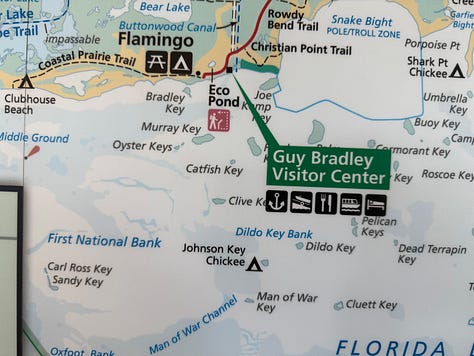
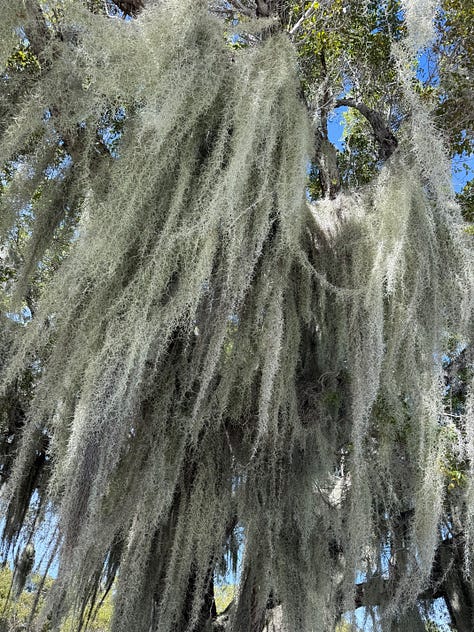
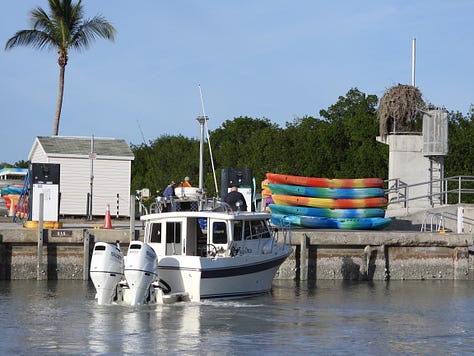
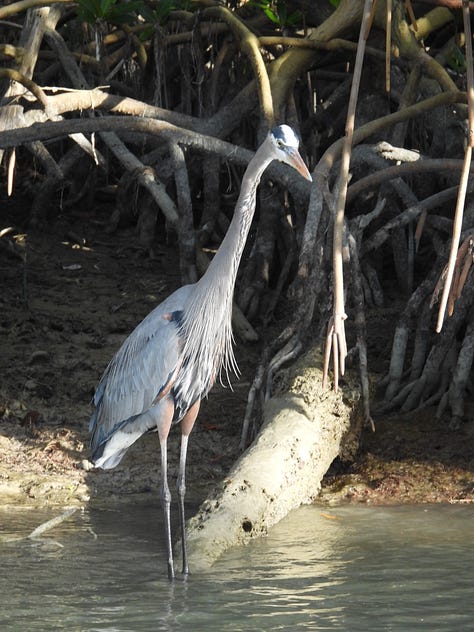
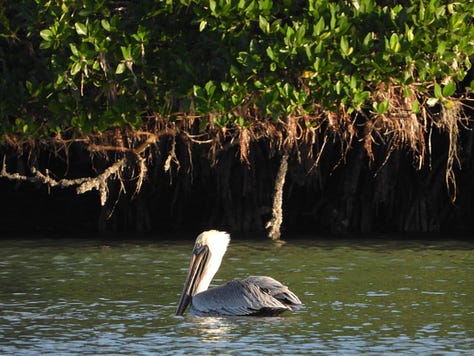
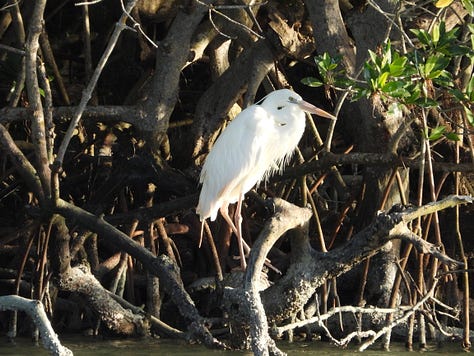

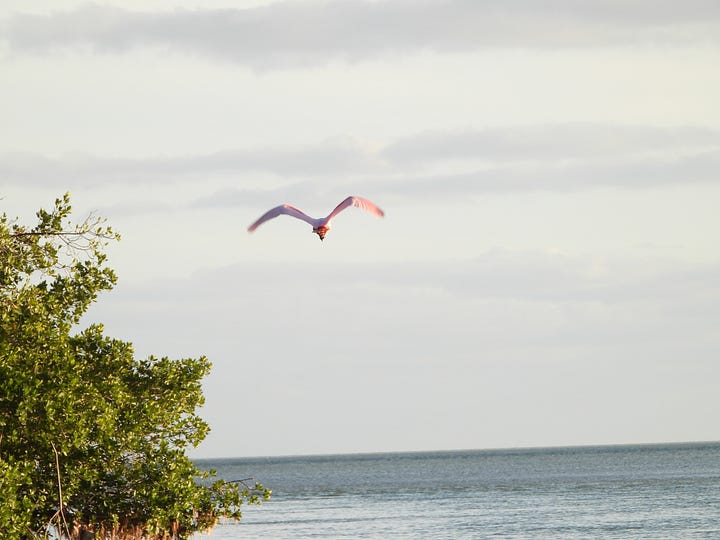
Left to right, top to bottom: chart of Florida Bay (spot the interesting names!), Spanish Moss, the Flamingo Marina, Tricolored Heron, Brown Pelican, Great Egret, Pelican in a tree, and a rare Roseate Spoonbill.
There was a beautiful sunset over one of the small keys as we headed back to the marina:
Monday it was off to Miami! We’re staying at the Mondrian South Beach, in a room with a beautiful view of the Miami skyline. For dinner, we headed over to a restaurant that we had seen many times from cruise ships sailing out of Miami — Smith & Wollensky. It’s a wonderful steakhouse, but the main attraction for us was watching a parade of cruise ships heading out to sea. The dinner was really outstanding; we both had 8-ounce New York Strip Steaks grilled to perfection, with tasty sides (including truffle mac & cheese).
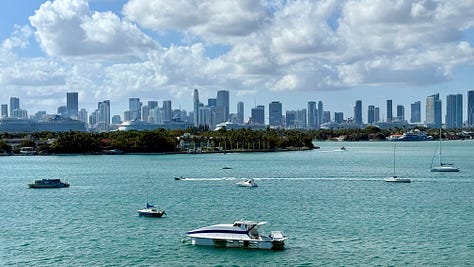

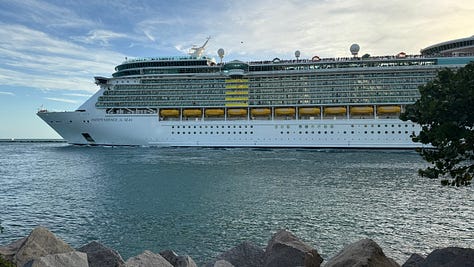
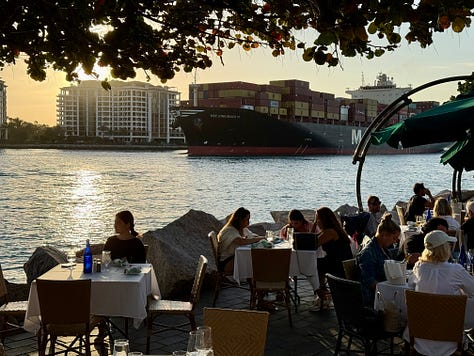

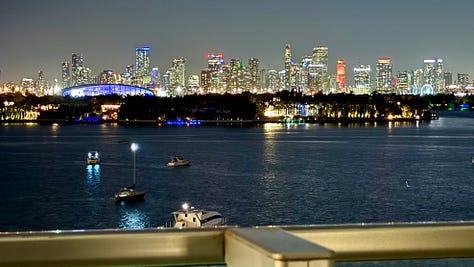
And we had to add at least one video of a monster cruise ship sailing out, this one of Royal Caribbean Cruise Lines’ “Allure of the Seas” leaving Miami for a little four-day cruise:
Tomorrow is going to be a “hang out at the hotel” kind of day, and Wednesday we’ll board the ship. Stay tuned!
All photos and videos © 2025, Barbara and Steven Sande.


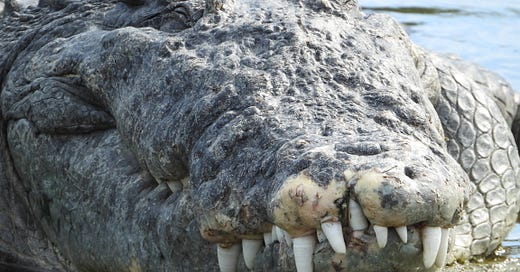



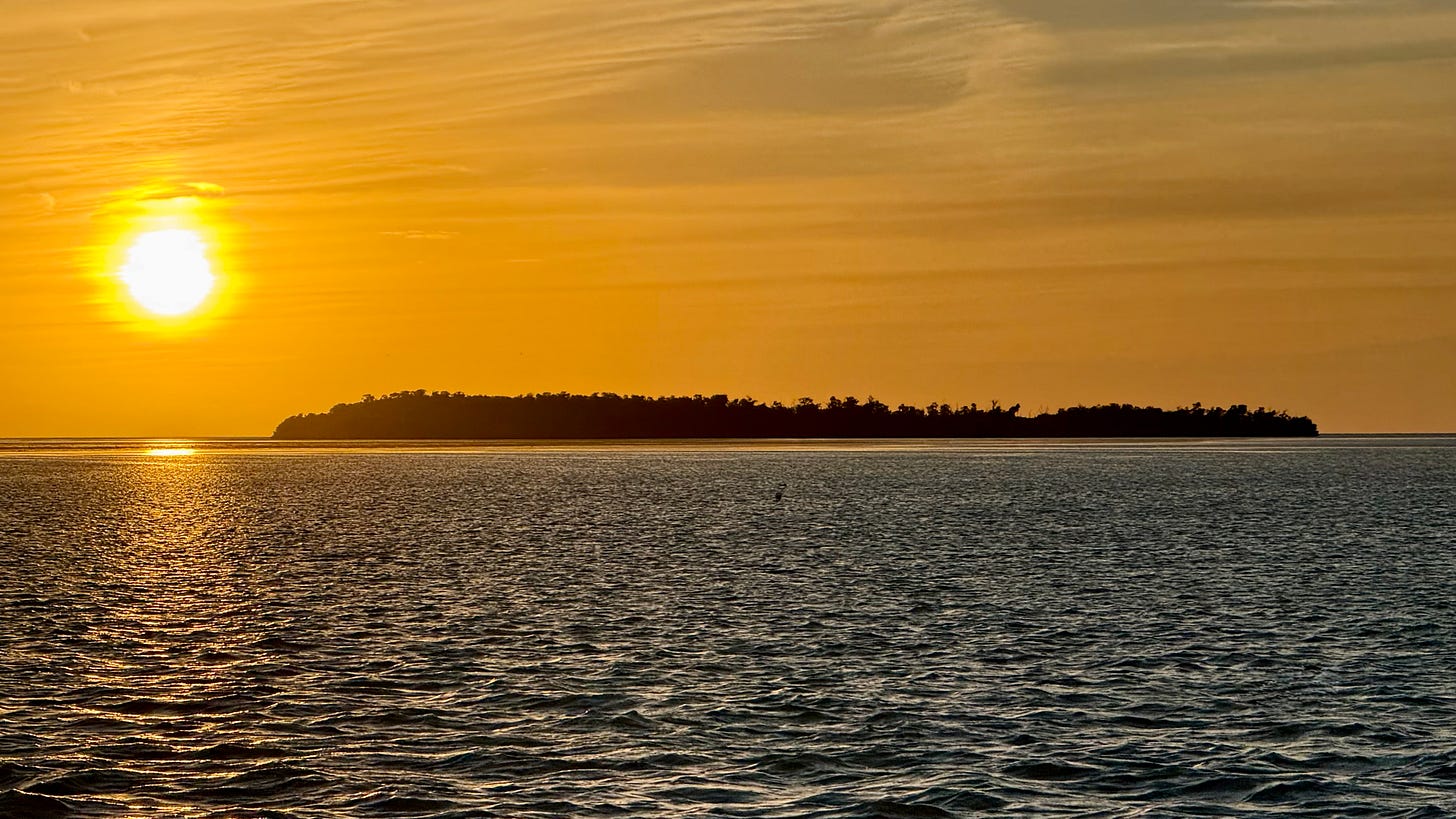
Cool pics!